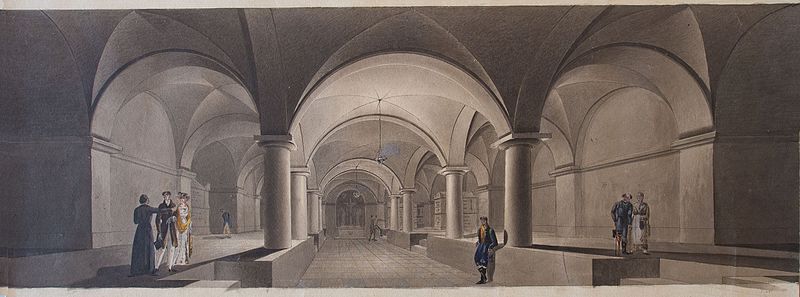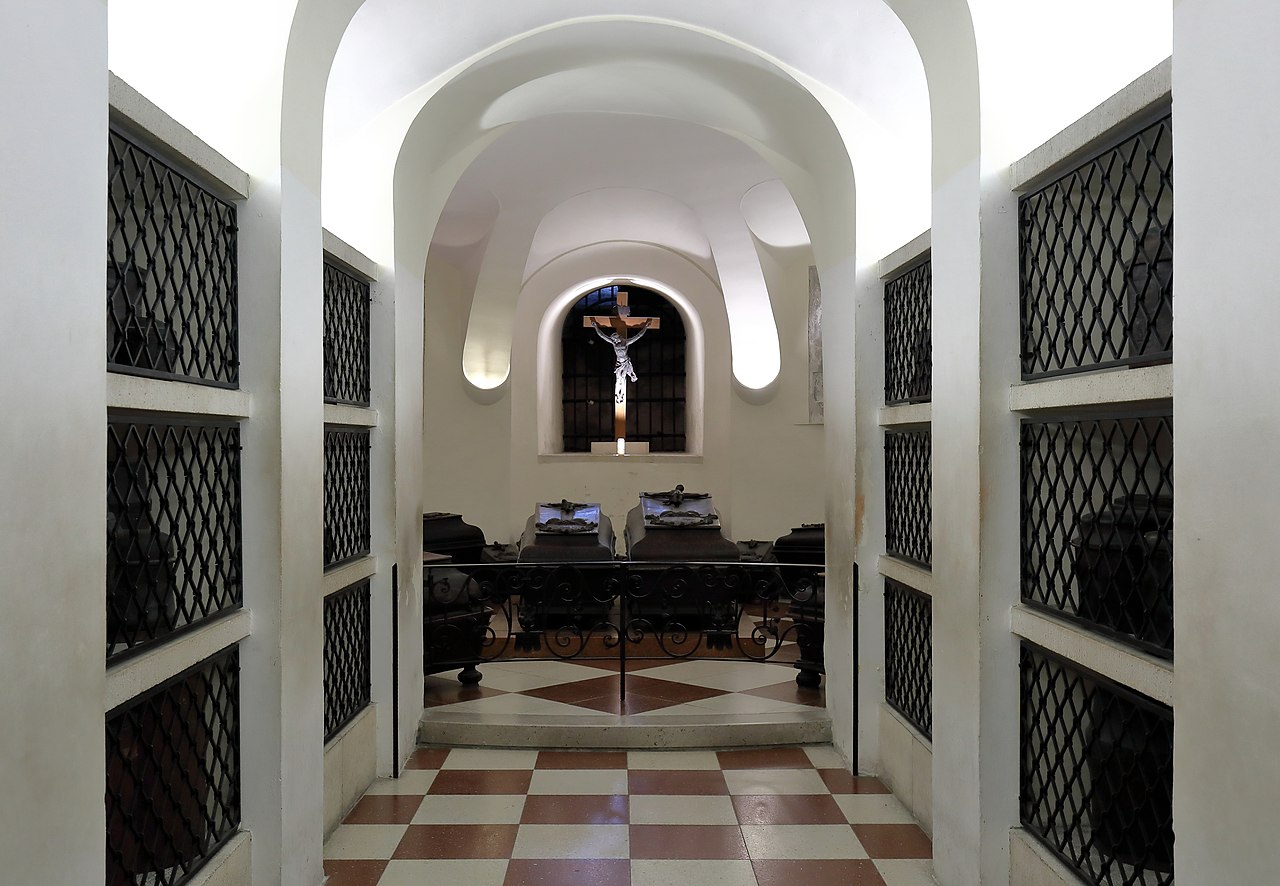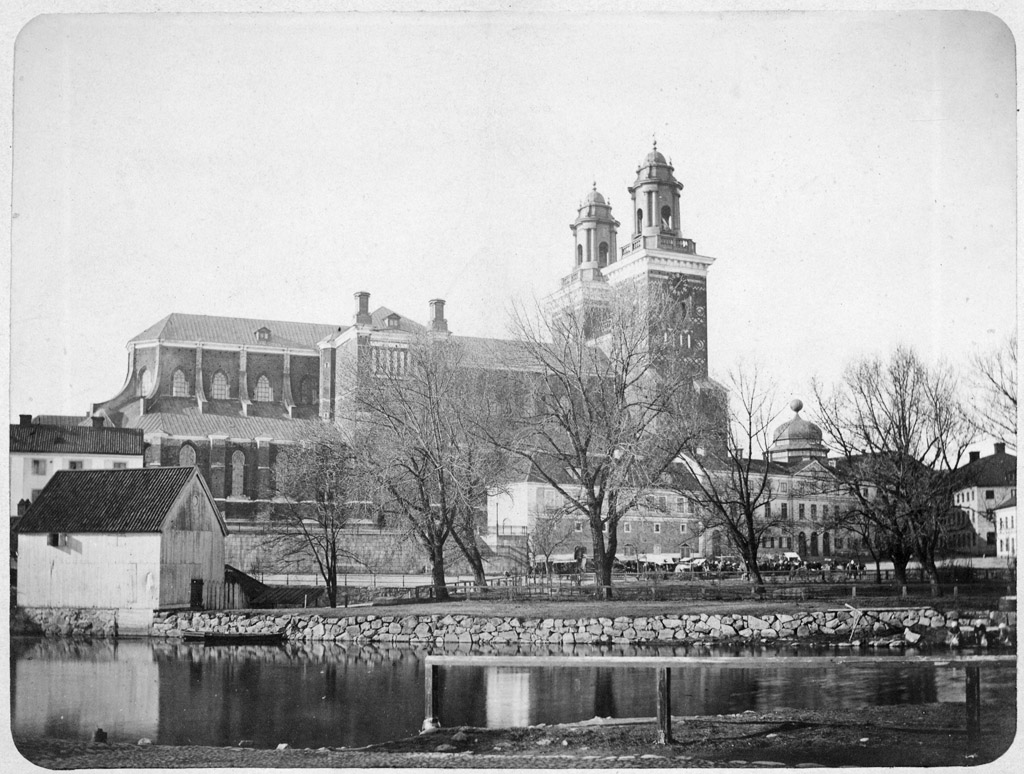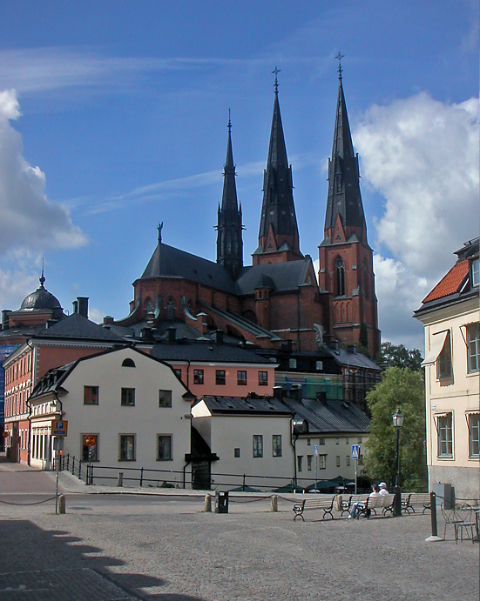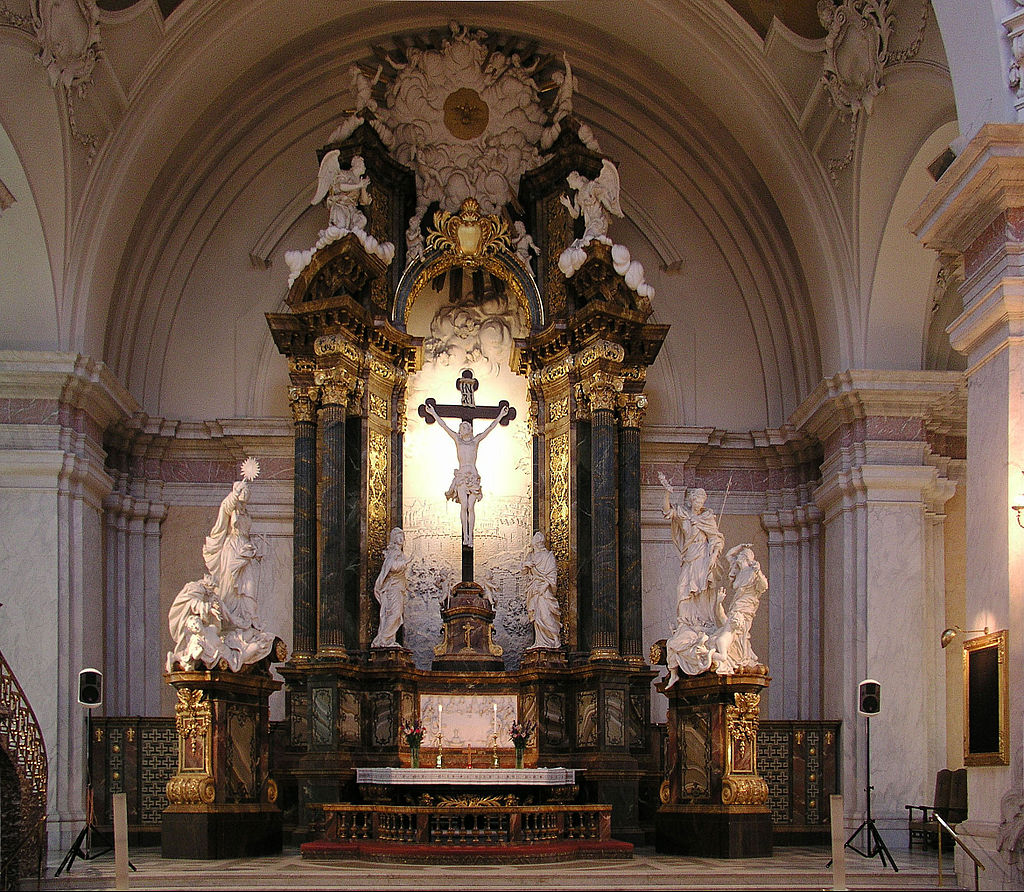by The Laird o’ Thistle (Special Edition)
© Unofficial Royalty 2022

King George VI and Queen Elizabeth picnicking on the moors near Balmoral in August 1951, Princess Elizabeth behind, taken by the Earl of Dalkeith, later 9th Duke of Buccleuch; Credit – ROYAL FAMILY PICTURE ANNUAL – Volume One, The Daily Graphic by Pitkins Pictorials Ltd
One of the royal treasures that I have acquired over the years is a little volume I found in a used book shop circa 1990. It is the ROYAL FAMILY PICTURE ANNUAL – Volume One, published “in association with” The Daily Graphic by Pitkins Pictorials Ltd. In 1952. The volume of photos and narrative traces the Royal Family’s activities from August 1951 to August 1952… which is to say the final six months of the life of King George VI, and the first six months of Queen Elizabeth II’s reign.
Over the last few months, as we have drawn ever nearer to HM the Queen’s Platinum Jubilee observance, I have found myself picking up this little volume repeatedly, to remind myself of how the story of the King’s final months unfolded, as well as the more widely familiar story of his death and the Queen’s Accession to the Throne. I have found it a poignant story… such as occurs for so many families. But in this case, it is the story of a very particular family… of the last King-Emperor and his wife, his elder daughter and heir, with her husband and two children, his younger daughter who had only just come of age and an elderly mother who was beginning to experience her own decline. (Queen Mary died in March 1953.) In what follows, from this and various other sources, I want to briefly convey the broad outlines of King George VI’s final months, culminating in the first two weeks of February 1952.
King George VI and Queen Elizabeth (soon to be Queen Mother) departed London for Balmoral on the Royal Train on the evening of 2 August 1951. They were accompanied on the journey by their grandchildren, Prince Charles (age 2-3/4) and Princess Anne (just turning 1), and the children’s nannies. After fulfilling some engagements in Edinburgh on 4 August, Princess Elizabeth joined the children at Birkhall, followed by Prince Philip on 10 August. Princess Margaret arrived on 13 August. The immediate family was assembled.
It was intended to be a “normal” family holiday at Balmoral, essentially as it had been from the days of Queen Victoria to the present. The King and his guests would shoot grouse. The family would attend services at Crathie Kirk. Guests would come and go. But, there were also to be a couple of very special celebrations, the first birthday of Princess Anne on 15 August, and the twenty-first birthday of Princess Margaret on 21 August. A special family group photoshoot was arranged to mark the two occasions.
The royal family at Balmoral in August 1951
This holiday was additionally intended as a recuperative time for the King. His health had been concerning since May, including an inflammation in the lung. Advised to rest and recover, the King canceled his public engagements in June and July. By early September, however, concerns were renewed. The King and Royal Family attended the Braemar Gathering on 6 September, but the next day he flew to London for an in-depth examination by medical experts. After returning briefly to Scotland, the King departed his beloved Balmoral forever in mid-September. On 18 September it was announced that “structural changes” had occurred in the King’s lung. Three days later it was announced that he would be having surgery. An operating room was quickly fitted up at Buckingham Palace, and the surgery took place on 23 September. The King’s cancerous left lung was removed. (It is believed that he was never actually told he had “cancer” – generally a taboo word in that generation – though he may have realized it.) He began an extended period of recuperation and recovery.
The Royal Family undertook to “keep calm and carry on” in the immediate aftermath of the King’s surgery. Princess Elizabeth and the Duke of Edinburgh were due to depart for a tour of Canada, and a brief visit to the United States, shortly afterward. The decision was made for the trip to proceed, but they would fly out from the United Kingdom on 7 October, rather than travel by sea as first planned. They departed accordingly, leaving their children in the care of the Queen and Princess Margaret… and, of course, the nannies.
Elizabeth and Philip were away from 8 October to 17 November. They crisscrossed Canada and paid a brief visit to the United States, including an official dinner with President and Mrs. Truman at Blair House in Washington DC (the White House being under renovation at the time). This was Princess Elizabeth’s first encounter with a sitting American President, although she’d met Mrs. Eleanor Roosevelt on several occasions during and since World War II. At the end of the trip, they returned to the United Kingdom by sea.
The future Queen Elizabeth II with American President Harry Truman in the autumn of 1951
As the King recuperated and grew stronger he returned to a few low-key duties, audiences, meetings, and so on. This included the post-General Election meetings on 26 October to accept Clement Atlee’s resignation as Prime Minister, and to ask Winston Churchill to form a government.
Having the grandchildren staying at Buckingham Palace meant that Prince Charles celebrated his third birthday with them, on 14 November. Much in the way that the little Princess Elizabeth (age 3) bonded with her grandfather during a recuperative period at Bognor Regis in the spring of 1929, the King now had the opportunity to bond more closely with his grandson. In fact, Prince Charles spent quite a lot of time around his grandparents during the King’s final months… at Balmoral, at Buckingham Palace, and then at Sandringham. (Princess Anne, too. But she was only 1 at the time.)
King George VI with his grandson Prince Charles on Charles’ 3rd birthday
On 14 December, the Royal Family gathered at Buckingham Palace for a small luncheon to celebrate the King’s 56th birthday. Along with the Queen and Princess Margaret, the King was joined by Princess Elizabeth and Prince Philip, Queen Mary, The Princess Royal, The Duke and Duchess of Gloucester, and the Duchess of Kent. Also on 14 December, the King knighted his surgeon, Dr. Price Thomas, and pulmonologist Dr. Geoffrey Marshall, who had attended him.
As in more recent times, the Royal Family’s Christmas holiday began when the King and Queen, Princess Elizabeth and the children, Princess Margaret, and Queen Mary, departed for Sandringham on the Royal Train on 21 December. (Prince Philip followed on the 22nd.) It was the first public sighting of the King since his surgery. The Gloucester and Kent families joined the house party in the following days.
Christmas at Sandringham was, then, much as it continued up to 2019. There were special services at St. Mary Magdalene Church. After the large Christmas Dinner, the King and his family listened to the pre-recorded Christmas Broadcast. In listening to the King’s “last” speech, you can hear not only the lingering post-surgical hoarseness but also the remnants of the old royal stammer.

British Royal Family, Christmas 1951
As 1952 began, the King and Queen remained at Sandringham. The King attended to both his official boxes and estate business along. He even went out with the guns on several occasions.
The big upcoming event for Princess Elizabeth and Prince Philip was the Commonwealth Tour they would be undertaking in the King’s stead, beginning in February. The pace of preparations picked up quickly in January, though they still spent nearly three weeks of the month at Sandringham. The children would once again be staying with the King and Queen while their parents were away. Elizabeth and Philip returned to London on 25 January for a week of engagements, packing, and last-minute details.
King George VI, Queen Elizabeth, and Princess Margaret came down to London on 28 January. Over the next couple of days, he undertook some “light duties” at Buckingham Palace, including several audiences. On the night of 30 January the King and Queen, Elizabeth and Philip, and Princess Margaret attended South Pacific at Drury Lane. The King received an ovation which he acknowledged with a wave from the Royal Box. It was King George’s first true public outing since September. On the following morning the King, Queen, and Margaret were at London Airport with the Prime Minister and other relatives to send Princess Elizabeth and Philip off to Kenya, and the Commonwealth. The King looked gaunt and frail, hatless in the late January weather. The family returned to Sandringham the next day, 1 February.
King George VI at London Airport on January 31, 1952
Upon their arrival in Kenya, Princess Elizabeth and Prince Philip fulfilled a series of official engagements in Nairobi before journeying on to Royal Lodge, Saguna, their wedding gift from the people of Kenya. They were to spend a few quiet days at the lodge before departing on the Commonwealth Tour. Among their party was Philip’s cousin, Lady Pamela Mountbatten (Hicks), who was serving Elizabeth as a Lady-in-Waiting on the Tour. Along with the Queen, she is now… at age 93… the only surviving member of the immediate royal party.
Meanwhile, at Sandringham, the King attended to business as he could. On 3 February he attended church with the Queen and Princess Margaret, walking back to the house with them afterward. All accounts say that Tuesday, 5 February 1952, was a “good” day for King George VI. He spent the afternoon with the “Keeper’s Day” shoot on the estate, enjoying himself. He got to spend some time with Prince Charles and Princess Anne at Tea. After dinner Princess Margaret played the piano. He retired to his room to do a bit of paperwork, enjoyed a cup of cocoa, and went to bed. At midnight the policeman on duty saw him latching his bedroom window, after which he turned out the light. Sometime in the night, he died. “Coronary thrombosis” is the longstanding official cause of death. More recently other possible causes have been suggested, such as an embolism or hemorrhage in his right lung.
The next morning, it is said, Prince Charles noticed one of the maids crying, and asked why? “Because your grandfather has gone away.” He was told. The child was confused, but no further answers were forthcoming. Eventually Queen Elizabeth – the new “Queen Mother” – came to see him and tell him that his parents would be coming home unexpectedly soon. As I’ve read, he then asked his grandmother where his grandfather was, at which point she broke down in tears. It was finally his mother who explained, as best one can to a 3-year-old, that his grandfather had died.
In Kenya, the royal party had spent an exciting night observing the wildlife at the Tree-Tops Hotel, Nyeri, before returning to the Saguna Royal Lodge. It was to be some hours before the news reached them, and was confirmed. Prince Philip took his wife out for a walk on the grounds to break the news. Observers remarked that he looked like the weight of the world had descended upon him. Her secretary duly asked by what name she wanted to be known? “Why, my own of course.” And so the second Elizabeth acceded to the throne.
There remained the whirlwind of arrangements to head immediately back to the U.K., a trip delayed some hours by thunderstorms en route. Messages had to be sent. Mourning clothes had to be procured. (The Queen’s packed ones were in Nairobi, but they were flying more directly back. Fresh ones were rushed to the airplane when they got back to London.) At her request, no photos were taken of her until she reached London. As they departed Saguna Lodge the accompanying journalists lined the road in respect, with their cameras sitting at their feet.
Dressed in black Queen Elizabeth II sets foot on British soil for the first time since her accession as she lands at London Airport following the death of her father King George VI
Reaching London on 7 February, she descended the airplane steps… discretely followed by Prince Philip… to be greeted by her Prime Minister, Winston Churchill, The Duke of Gloucester, and various officials. Arriving home at Clarence House, her first visitor was “her old Granny”, Queen Mary, who said she came to kiss her Sovereign’s hand. The next day, 8 February, was occupied by the official Accession Council and Proclamation. Then, finally, she could depart to her family at Sandringham.
It was three days later, 11 February 1952, that George VI’s body was brought to London to lie-in-state at Westminster Hall. Charles and Anne remained at Sandringham with the nannies. Perhaps the most striking photograph of all the solemnities emerged from the Lying-in-State, that of the three black-clad queens – Elizabeth, Mary, and Elizabeth (QM) – awaiting the arrival of the coffin at Westminster. Queen Mary looked spectral. After that, the aging Dowager (nearly 85, which was “older” then than now) did not in fact attend any of the rest of the funeral rites… although she later watched the funeral procession pass down The Mall from her window at Marlborough House.
Queen Elizabeth II, Queen Mary, and The Queen Mother await the arrival of King George VI’s coffin at Westminster Hall in London on February 11, 1952
King George was buried at Windsor on 15 February 1952, in rites at St. George’s Chapel not unlike those we saw for Prince Philip earlier this year… except, of course, in scale. In 1969 the tiny George VI Memorial Chapel was added to St. George’s Chapel, and the King’s remains were moved there.
On 6 February 2022, ninety-five-year-old Queen Elizabeth II is expected to follow her tradition of having a small service of remembrance for her father at Sandringham, 70 years to the day after his passing. For her, the accession anniversary is a day of remembrance, not celebration.
These coming weeks will also mark the twentieth anniversary of the deaths of Princess Margaret (9 February) and the Queen Mother (30 March), followed by the first anniversary of Prince Philip’s death (9 April).
Recent months have seen increasing concern for the Queen’s health. The Prince of Wales and Duchess of Cornwall, the Duke and Duchess of Cambridge, The Princess Royal, and the Earl and Countess of Wessex have been taking most of her public engagements. In the few instances where she has been seen, shown at a private audience or glimpsed as she is being driven somewhere, she seems increasingly frail.
In the course of time, the Queen, too, will pass on. It is the “way of all flesh” as it is said. When the time comes, the plan is for her to be buried in the George VI Chapel at Windsor, along with her parents, her sister Margaret, and her beloved Philip. But, for now, she continues carrying on, day by day. May God bless and keep her, always!
Yours aye,
Ken Cuthbertson, the Laird o’ Thistle
This article is the intellectual property of Unofficial Royalty and is NOT TO BE COPIED, EDITED, OR POSTED IN ANY FORM ON ANOTHER WEBSITE under any circumstances. It is permissible to use a link that directs to Unofficial Royalty.



